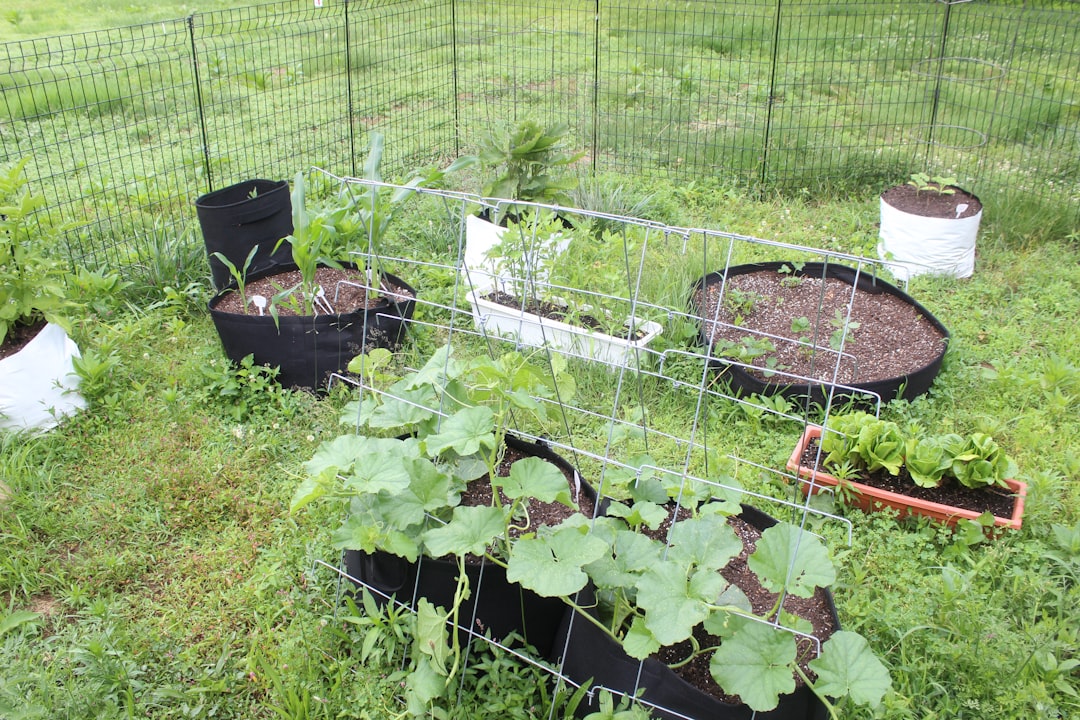Unveiling the Wonders of Spirea: A Gardener's Delight

Embarking on a gardening journey can be both exhilarating and rewarding. Among the numerous plants that can grace your garden, spirea stands out as a remarkable choice. This diverse group of flowering shrubs is not only easy to grow but also hardy in almost every corner of the world. With a wide range of sizes, colors, and forms, spirea offers endless possibilities for creating a stunning landscape.
Spirea belongs to the Rosaceae family, which includes many well - known plants. These shrubs are known for their beautiful clusters of flowers that bloom in various seasons, depending on the species. Some spirea varieties bloom in the spring, while others showcase their floral display in the summer.
One of the most appealing aspects of spirea is its adaptability. It can thrive in a variety of soil types, as long as the soil is well - drained. Whether you have sandy soil, loamy soil, or even clay soil with proper amendments, spirea will find a way to grow and flourish. It can tolerate both full sun and partial shade, making it suitable for different areas of your garden. If you have a sunny spot in your yard, spirea will soak up the sunlight and produce an abundance of flowers. On the other hand, if you have a partially shaded area, it will still grow well and add a touch of color.
When it comes to size, spirea comes in a range of options. There are dwarf varieties that are perfect for small gardens or container planting. These compact shrubs can be used as edging plants or to add a pop of color to a patio. For larger gardens, there are medium - sized and tall spirea shrubs that can be used as hedges or focal points. Their height and spread can vary from a few feet to several feet, allowing you to choose the right size for your specific needs.
The color palette of spirea is truly impressive. The flowers can be white, pink, red, or even purple. Some varieties have bi - colored flowers, adding an extra layer of visual interest. The foliage of spirea also changes color throughout the seasons. In the spring and summer, it is usually a vibrant green, but in the fall, it can turn shades of yellow, orange, or red, providing a beautiful autumnal display.
Planting spirea is relatively straightforward. First, choose a suitable location based on the sunlight requirements of the specific variety. Dig a hole that is twice as wide and just as deep as the root ball of the shrub. Place the spirea in the hole, making sure it is at the same level as it was in the container. Backfill the hole with soil, gently firming it around the roots. Water the newly planted spirea thoroughly to help it establish.
Maintenance of spirea is also easy. Regular watering is essential, especially during the first growing season to help the roots develop. Once established, spirea is relatively drought - tolerant. Pruning is an important part of spirea care. Pruning can be done in the late winter or early spring to remove any dead or damaged branches and to shape the shrub. It can also help promote new growth and more abundant flowering.
In conclusion, spirea is a wonderful addition to any garden. Its ease of growth, diverse range of sizes, colors, and forms, and adaptability make it a favorite among gardeners. Whether you are a beginner or an experienced gardener, you can enjoy the beauty and charm that spirea brings to your outdoor space.